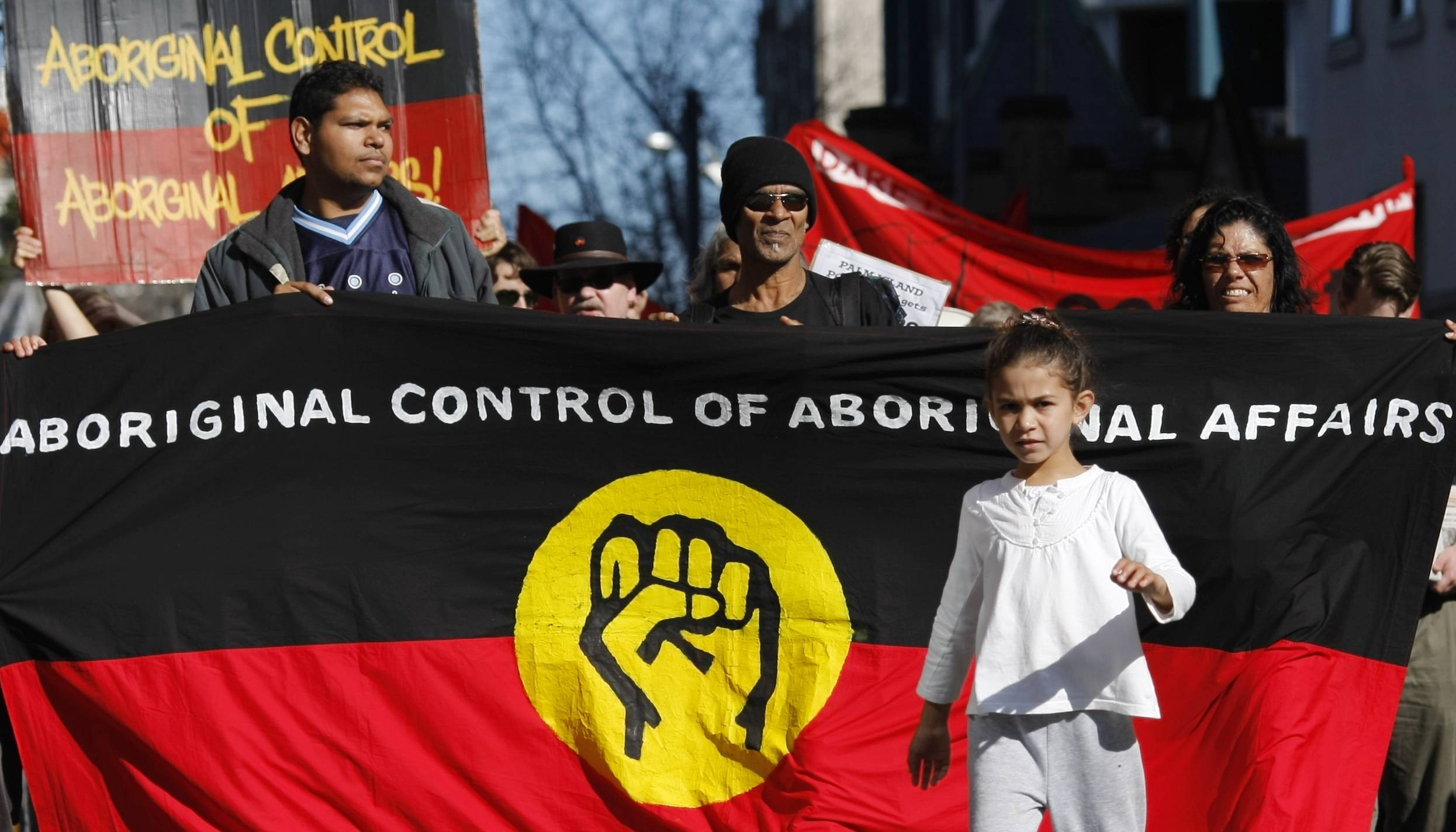The most shocking thing about Rio Tinto Group’s demolition of a 46,000-year-old Aboriginal site in Australia’s remote Pilbara region is how commonplace it was.
The Pilbara is source of about half of the world’s traded iron ore, worth about $65 billion a year. It’s also a crucial area of world heritage, home to the world’s largest collection of art from before the last ice age — a complex of thousands of sites and hundreds of thousands of individual rock carvings. Digging iron ore out of the ground and carrying it to port inevitably involves conflicts between miners and the Aboriginal traditional owners. So far, the miners have won every time.
Since 2010, mining companies have applied to the Western Australian state government to carry out works 463 times, using the same 1972 Aboriginal Heritage Act that Rio Tinto relied on to lay waste to Juukan Gorge in May. As of that month, none of those proposals had been rejected. BHP Group was granted permission to destroy 40 sites just days after the demolition.

















With your current subscription plan you can comment on stories. However, before writing your first comment, please create a display name in the Profile section of your subscriber account page.